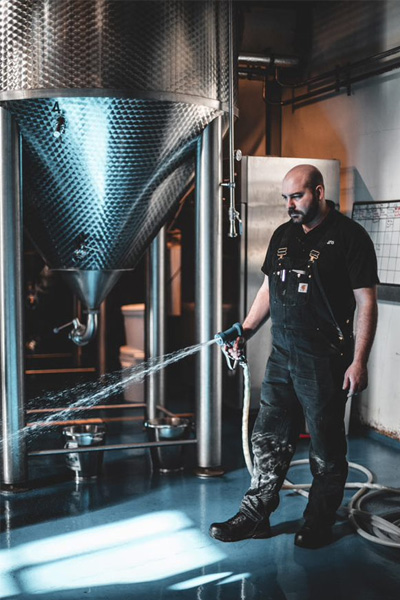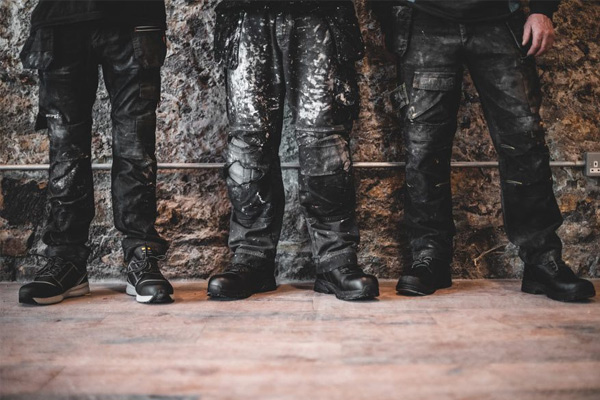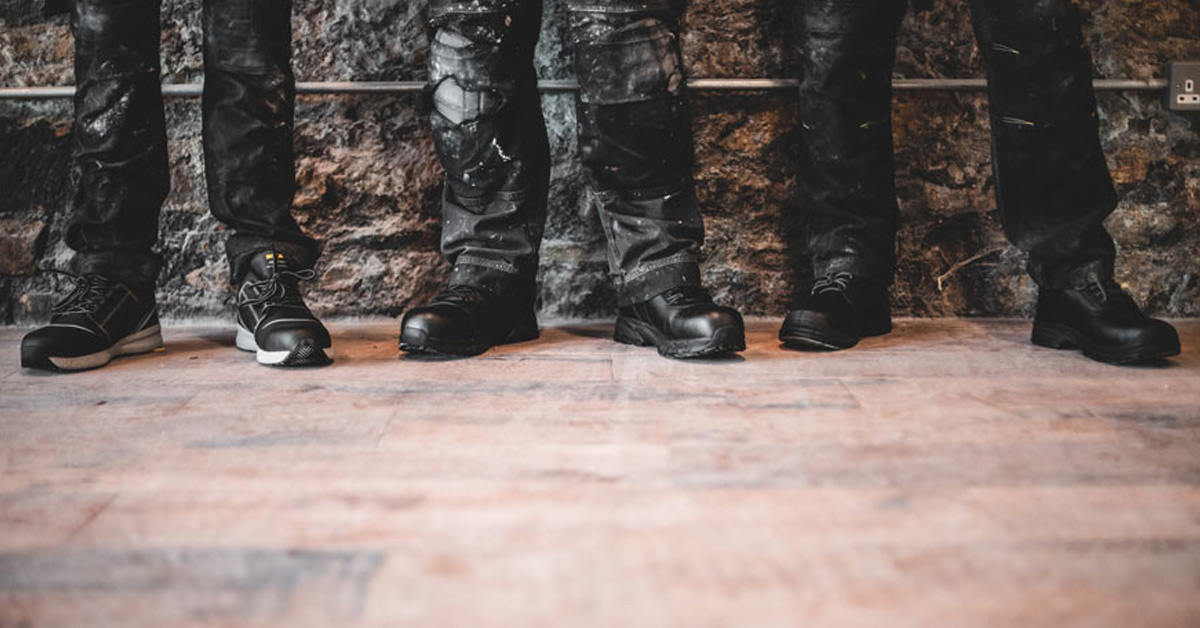In a fast-moving and time-sensitive industry such as manufacturing, the health and safety of your employees are key factors to keep in mind. Cultivating a culture of safety takes careful implementation and results will require some time to develop. Manufacturing workers who operate heavy machinery on a daily basis need maximum protection from risks such as objects falling, trapped hands or chronic muscle strain. Each year, an average of 33,000 workers suffer from illnesses caused by or made worse by their current or recent job in manufacturing, across many different types of plants and facilities.
In this article, we will be having a look at the five tips to keep in mind regarding health and safety in the manufacturing industry. Learn the importance of mitigating risk and fostering a safer working environment for your employees in the process with essential advice from Shoes For Crews.
1. Identify the highest risk areas
Each manufacturing facility is constructed differently but the areas that pose the highest risks are quite similar. Moreover, it can be easier to spot these hazards if health and safety violations as defined by the HSE are taken into consideration. Safety standards are put into place for all factories, and it is the employer’s responsibility to communicate potential risks to employees and report them if necessary. Some of the most common risk areas are:
- Inventory lying scattered around
- Unguarded machinery
- Depowering of heavy equipment after use
- Chemical and physical hazards
- Electrical wiring
- Respiratory protection
2. Conduct frequent safety inspections and audits
Safety inspections and audits are two key elements of any safety program. By evaluating your facilities, staff and procedures, you will cultivate a safer working environment. Consistent and frequent evaluations of tools, machines and manufacturing processes will result in better efficiency and more compliance with health and safety protocols. Furthermore, these inspections can help reduce the risk of injury when operating heavy machinery or performing repetitive actions in highly pressurised environments.
3. Train your workforce efficiently and effectively
To help reduce the frequency of inspections and potential risk for accidents, learn the 5 S’s and consider incorporating these items into your employees’ health and safety training:
- Sort (remove unused items from any area that may aid employees in finding the most used stock faster)
- Straighten (organise tools and equipment in a way that staff knows exactly where to find them; i.e., place heavy items on lower shelves and so on)
- Sweep (get rid of dirt and dust and make cleanliness a regular habit in the warehouse, along with proper lighting and regular rubbish removal)
- Standardise (make your scheduling and other daily operations clear through visuals or use software to streamline everything)
- Sustain (after implementing all these habits, you chief aim will be sustaining them by setting clear policies and guidelines for your staff to follow and maintain)
4. Cultivate a safe working environment
Safety culture is primarily built by taking care of your employees and in turn, encouraging them to take care of themselves and each other. If regular meetings are a part of your company’s safety program, be sure to set rules and expectations for them. Challenge managers to go beyond discussing general safety rules and emphasise the importance of worker well-being by reiterating the company’s beliefs and values.
5. Supply your staff with new or updated workwear and footwear
Lastly, be sure to reevaluate your employees’ workwear and footwear and update or replace them on a regular basis. We recommend replacing work shoes and boots every 6 months in order to properly protect your employees’ health and safety. Manufacturing personnel specifically require protection from liquids, extreme hot or cold temperatures and falling objects to name a few.
At Shoes For Crews, our footwear solutions offer optimum slip-resistant technology for workers in the manufacturing and production industries. Our passion is rooted in providing workplaces with high levels of safety and comfort without any compromises. Our line of safety shoes will come through for your team, no matter how strenuous their workload.
Following these five tips for health and safety in the manufacturing industry is crucial to running an efficient and safe facility. Regular equipment evaluations, cultivating a culture of safety and providing employees with suitable workwear and footwear will set your crew up for long-term success. To learn even more about protecting your staff whilst on the job, check out our guide to foot protection in the manufacturing industry. Or if you want specific advice and information on the best shoes for factory workers, our other blog post may be of interest.
Experts at Shoes For Crews are constantly testing and improving our work shoe styles to better fit a wide range of industry needs. With an important shift to focus on utilising recyclable materials for our linings and outsoles, we are adapting and evolving with the environment in mind. If you would like to receive a free sample pair of shoes to test out or receive more information on specific styles, we invite you to get in touch with us. Or download our Buyers Guide for updated information on our safety shoe features, sustainability strategy and more.




